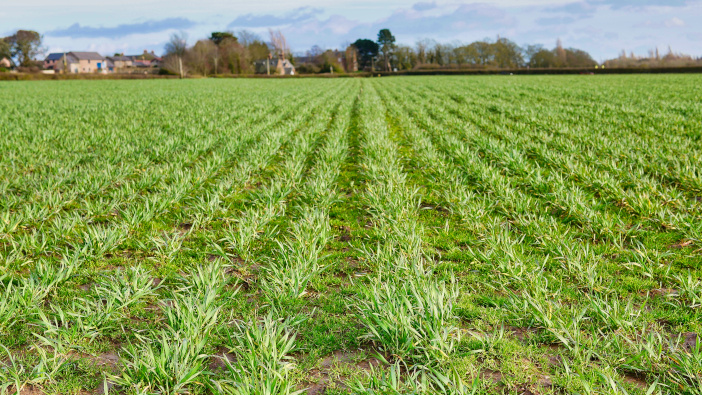Knight Frank is reporting that the farmland market continues to be steady, despite increasing pressures on the sector.
The latest Farmland Index, which tracks the average price of bare agricultural land across England and Wales, shows a marginal drop of 1% in the first quarter of 2025 to £9,072/acre.
This follows a similar decline in the last quarter of 2024, with a total change of 1.9%.
“While farmer protests and policy reform have dominated headlines, the farmland market itself has experienced a fairly uneventful start to the year,” says Will Matthews, partner and head of Farms and Estates. “Values have remained steady, and relatively few new properties have been put up for sale so far in 2025.”
There has been a more notable decline in the amount of land coming to market. In the first quarter, just over 8,000ac were marketed, a drop of 11% compared to the same period in 2024.
Will adds that the reform of inheritance tax has not led to any noticeable market responses as of yet, with no increase in supply or downward price pressure.
“Prospective buyers seem relatively sanguine about the reforms, and we completed a number of successful transactions in March,” he explains. “Farmland continues to trade at near-record prices, and while deals may have proceeded regardless, the arrival of spring sunshine has certainly lifted spirits and helped bring renewed momentum to the market.”

“A large block of land in the Midlands, for example, sold for around £13,000/acre to a progressive farming business, with most other sales breaking the £10,000/acre barrier.”
He points to more immediate concerns, such as the drop in BPS payments and uncertainty around the Sustainable Farming Incentive.
“The current round of the Sustainable Farming Incentive (SFI), which would have helped to offset some BPS losses, was recently closed without notice, with many producers still to get their applications in. Again, however, it is too early to say if this will result in more landowners deciding to call it a day and put all or part of their holdings up for sale,” he says.
Even if more land were to come to market, Will insists that demand remains strong. “Forward-looking farmers, in particular those with diversified income streams, investors and environmental buyers continue to drive interest. For now, the farmland market appears to be holding firm.”


